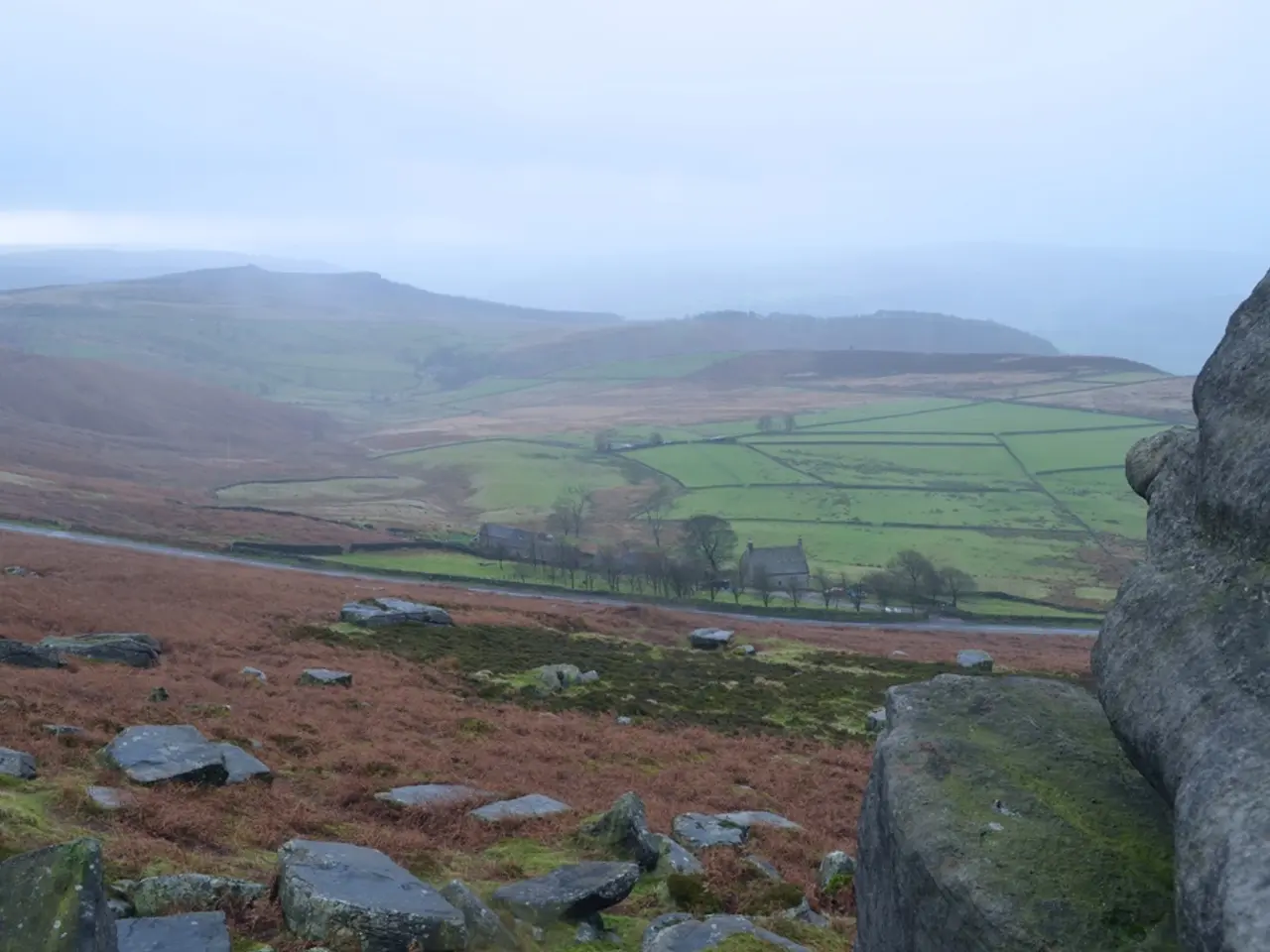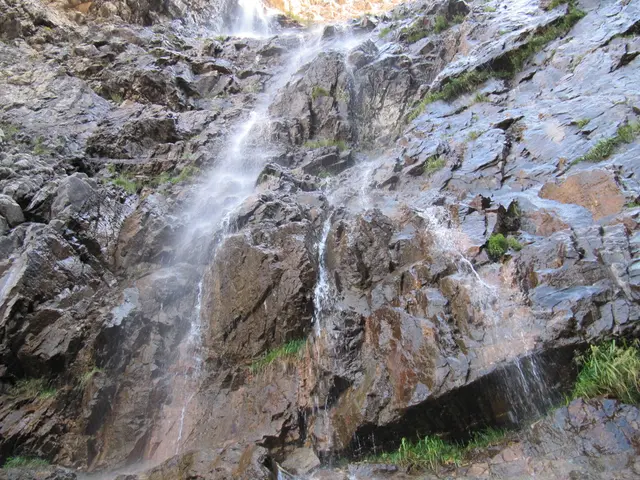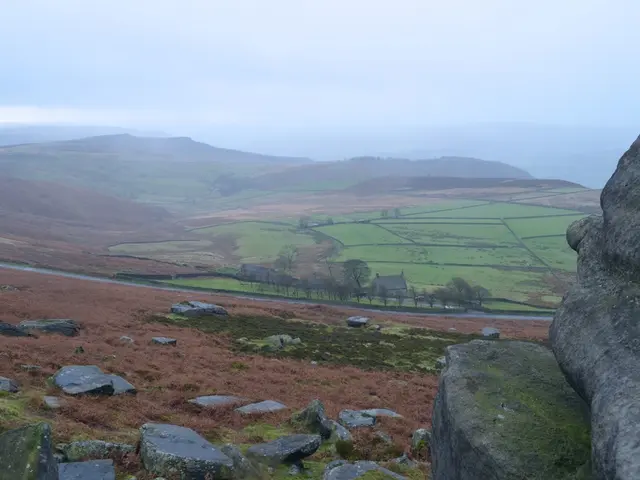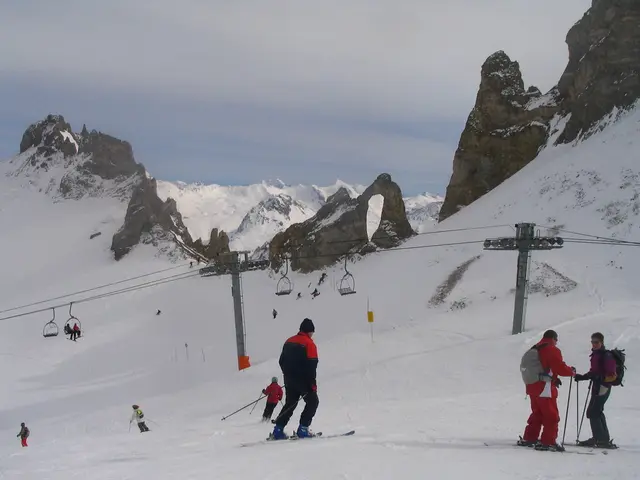Why Adventurous Tourists Risk Their Lives at the World’s Deadliest Spots
Despite the risks, adventurous tourists continue to flock to dangerous locations worldwide. From the exclusion zone in Chernobyl, Ukraine, to the treacherous Drake Passage, these destinations offer thrilling experiences but pose significant threats.
Chernobyl's exclusion zone, home to the infamous nuclear disaster, has become a dark tourism hotspot. Guided tours are currently suspended due to the Russian invasion. Meanwhile, the Huashan Plank Walk in China, a narrow trail with flimsy railings, has unconfirmed reports of numerous fatalities, yet it remains a popular attraction for adrenaline seekers.
In Zambia, Devil's Pool at Victoria Falls offers a natural infinity pool near thundering waters, accessible between September and December. However, slippery rocks pose a deadly risk. Mount Annapurna in Nepal is considered the world's deadliest peak for trekkers, with a mortality rate of 4.7 percent relative to the number of expeditions.
Reynisfjara Black Sand Beach in Iceland draws visitors with its dramatic landscape but poses a deadly threat from sudden, powerful 'sneaker waves.' The Yungas Road in the Bolivian Andes, known as the 'Road of Death,' claimed lives annually until an alternative road was built in 2006. The Drake Passage between South America and Antarctica is a treacherous sea route known for its monstrous waves and extreme conditions, often advising passengers to stay in their cabins. Lastly, Death Valley in the United States, with its extreme temperatures and sudden flash floods, remains a hostile environment despite attracting many visitors due to its salt flats and lowest point in North America.
These destinations, while offering unique and thrilling experiences, require careful consideration and preparation. Despite the risks, they continue to attract adventurous travelers seeking to explore the world's most extreme locations.








